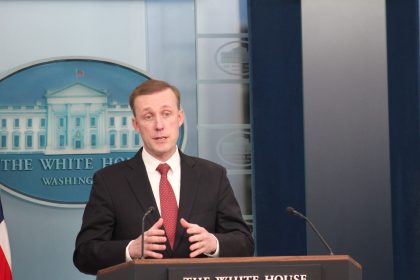US Army Leading by Example on Climate Change Adaptation
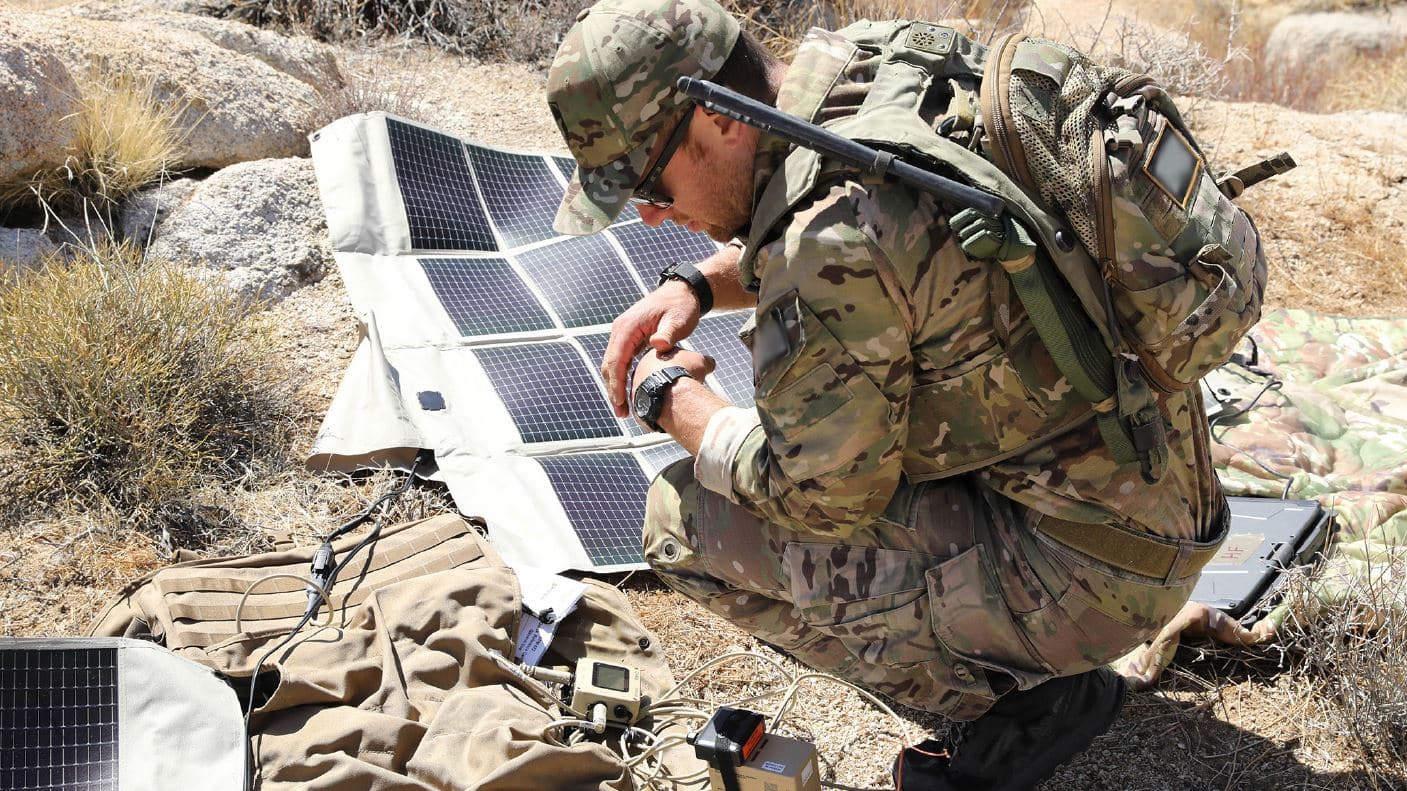
WASHINGTON — Though its primary mission remains warfighting, the U.S. Army is playing a leading role in an entirely different battle — the nation’s response to the challenges of climate change.
The scope of this mission is laid out in the Army’s Climate Change Strategy, which was released in February. It lays out the service’s multi-pronged and multi-decade plan to enhance the resilience and sustainability of its facilities, increase its operational capability and prepare soldiers to operate in a climate-altered world.
“Climate change threatens America’s security and is altering the geostrategic landscape as we know it,” Army Secretary Christine E. Wormuth writes in the strategy’s introduction. “For today’s soldiers operating in extreme temperature environments, fighting wildfires, and supporting hurricane recovery, climate change isn’t a distant future, it is a reality.”
“The time to address climate change is now,” Wormuth continues. “The effects of climate change have taken a toll on supply chains, damaged our infrastructure, and increased risks to Army soldiers and families due to natural disasters and extreme weather.”
She stresses that the Army does not intend to sit idly by in the face of such challenges. Indeed, she says, “the Army must adapt across our entire enterprise and purposefully pursue greenhouse gas mitigation strategies to reduce climate risks. If we do not take action now, across our installations, acquisition and logistics, and training, our options to mitigate these risks will become more constrained with each passing year.”
On Tuesday, The Well News caught up with Paul W. Farnan, the principal deputy secretary of the Army for Installations, Energy and Environment. He is also currently serving as the acting assistant secretary of the Army for Installations, Energy and Environment.
In those dual roles, it’s Farnan’s job to implement the Army’s climate change policy and guide its many sustainability and environmental initiatives.
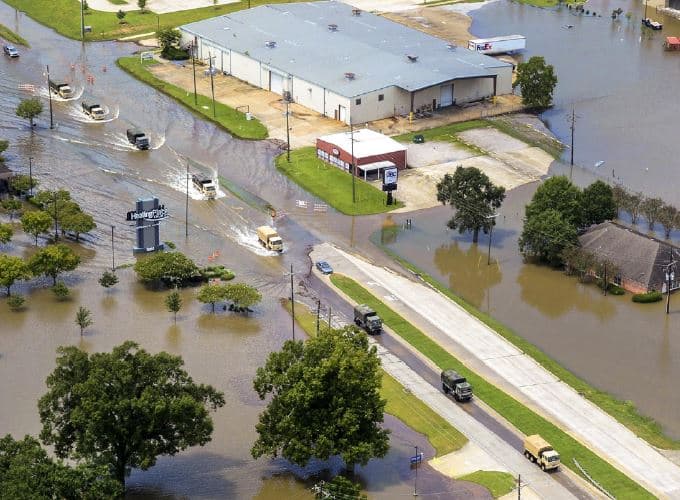
Along with that, he’s also the Army’s point man on installation policy, energy security and management, and has oversight for design, construction and operations and maintenance operations.
“We’re really excited about it,” Farnan said of the climate policy he was about to discuss in greater detail.
“I don’t want to say that it’s a new direction for the Army, because obviously, the Army burns quite a bit of energy on an annual basis and ensuring we have a resilient supply is something we’ve been looking at for decades.”
“But what we have done in drafting this climate change policy is taken a really big step forward,” the former Naval helicopter pilot and current reservist said. “We’ve retooled the foundation of what we mean by ‘energy resiliency,’ and incorporated the threat of climate change into everything we do.
“Because climate change is affecting our mission,” he said. “It’s affecting where we operate and it is affecting how we operate.”
Army Embraces A Green Future
For those who don’t know, the Army purchases over $740 million worth of electricity from the national electric grid every year. In 2020, this electricity added 4.1 million metric tons of carbon dioxide as well as methane, nitrous oxide and other greenhouse gasses into the atmosphere.
While the Army has decreased overall greenhouse gas emissions by 20% since 2008, the climate strategy suggests the service can and will do more to incentivize greening the grid.
Going forward, the climate strategy says, the Army will actively pursue carbon-pollution-free electricity production and storage to add on its installations.
In the last five years alone, the Army enhanced installation-wide resilience by bringing systems online such as the water treatment plant upgrade at Fort Irwin in California, the 2.1 MW solar energy facility installed at Fort Knox in Kentucky, and the 8.5-megawatt-hour lithium storage battery installed at Fort Carson in Colorado.
Currently, the strategy says, there are 950 renewable energy projects supplying 480 MW of power to the Army today and 25 microgrid projects scoped and planned through 2024.
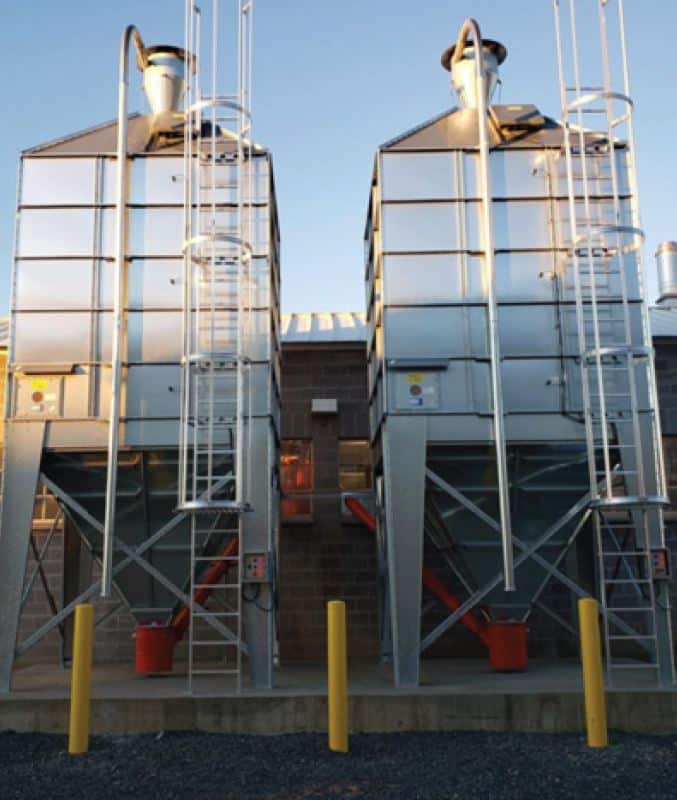
Farnan described each of these initiatives as a “win, win.”
“By taking steps to deploy more renewable energy, reduce our overall energy use and build ever more resiliency into what we do, we’re not only addressing the need to address the adverse impacts of climate change, we’re increasing the capability of the Army,” he said.
Farnan offered an assessment of what climate change means from the Army’s perspective.
“One component, obviously, is that as the climate changes, the competition for resources changes and the challenges when it comes to supply chains change,” he said.
“Then you have the component that comes into play if we have to go somewhere and fight,” he continued. “That’s really the biggest issue — where are we going to be operating in the future and how are we going to operate when we get there.
“The perfect example is the Arctic,” Farnan continued. “Obviously, as you know, we’ve got forces in Alaska. But things are changing dramatically up there. As the ice caps are melting and trade routes are opening through the Arctic, the competition for resources up there is also increasing.
“So one thing we’ve been looking at for awhile, and one thing there have been significant conversations about, is the need for a significant Arctic force,” he said. “And it needs to be available 365 days a year. Alaska is no longer just a summer training area. The question then becomes, how are we actually going to support a force up in northern Alaska.
“Another issue we’ve been dealing with more and more is the wildfires in the west,” he said. “As the west is getting drier and drier, the number of large wildfires has increased dramatically. As a result, we have thousands of National Guard troops that are employed during the summer engaged in wildland firefighting.
“Then there are hurricanes. These storms are getting bigger, the devastation they are causing is growing, and as a result, our disaster response mission — our support for civilian authorities is growing,” he said. “We are a combat force, but we’re finding ourselves doing more and more civil support right here at home, in the wake of disasters.
“That’s the impact of climate change — everything we do and everything about how we operate is being affected by it,” he said.
Supply Chain Issues
In the grand scheme of things, the Army doesn’t burn anywhere near as much fuel as the U.S. Navy or Air Force, simply because the other services rely on big ships and large numbers of high performance aircraft.
But fuel, obviously, is still a major concern when you have to supply it to soldiers and a fighting force in another land.
“This was an extremely important consideration that we had to think through as we formulated this strategy,” Farnan said.
“Most of our supply lines, especially when it comes to fuel, are going through hostile or barren terrain, and need to be protected, because obviously, fuel lines get attacked. That means combat forces have to be used to protect our supply lines,” he said.
“One thing we saw in Iraq and Afghanistan was that we took significant casualties protecting our fuel lines,” he continued. “So one thing we said to ourselves is, if we can reduce the amount of fuel we use by a third, we can reduce the supply lines by a third, and we’ll be able to reduce the amount of combat forces guarding those supply lines by a third as well.”
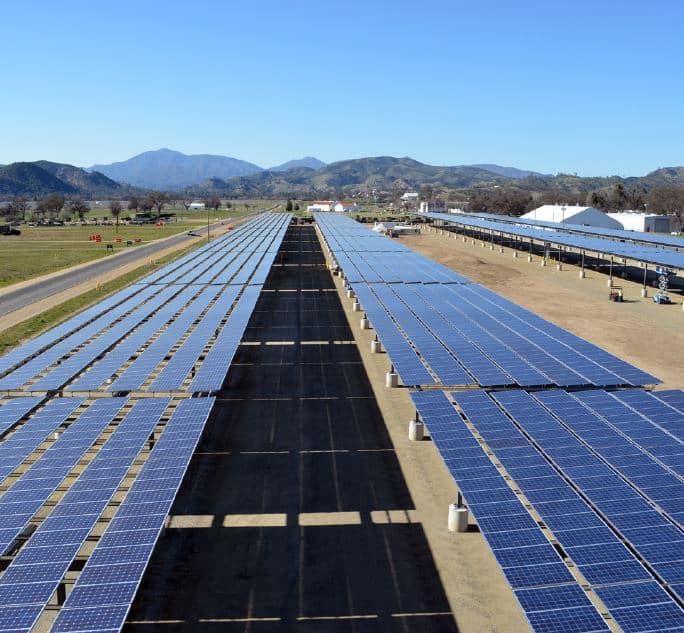
Farnan said one of the things the Army is looking at to achieve those goals is electrifying its tactical vehicles.
“It’s a complicated process,” he said. “Battlefield charging is not going to be easy to solve. We’re working on it, but it’s going to take some time.
“So as we’re working through that, we’re looking at hybridizing our tactical vehicles, so we can reduce fuel use,” he said. “Now if we can reduce field use by 20% or 30%, that’s going to extend the range of our tactical vehicles, and that’s going to increase the combat capability of our forces … and it’s going to reduce our supply line demand.
“Hybridizing our tactical vehicles will also enable the Army to tackle other battlefield issues, maintaining power and protecting the actual war fighters.
“Tactical vehicles — essentially tanks and armored personnel carriers, spend a lot of their time just sitting out on the battlefield, monitoring the situation, watching for enemy forces. But in the case of electrified vehicles, we have to continue to run the engines to power everything — power our communications, our radars, our night vision goggles.
“If we can hybridize these vehicles and shut the engines down while still powering everything, that not only will save fuel, but it will reduce the acoustic and thermal signatures of our platforms, providing an additional layer of protection for our soldiers,” he said.
Although the United States is not directly involved in the conflict in Ukraine from a military perspective, Farnan said “we’re absolutely learning lessons from every aspect of the conflict.”
“The logistics lines are the perfect example,” he said. “The whole world has seen Russian convoys sitting idly because they didn’t have any fuel. Again, an army on the ground has massive, massive fuel supply needs. And if you can’t move all of that fuel, you can’t operate on the battlefield. It’s that simple.
“So again, if we can reduce the amount of fuel we have to move, that allows us not to have the same problems the Russians have been experiencing and we’ll be able to reduce the problems we encounter on the battlefield just through reducing the sheer amount of fuel we need.”
Innovation Begins at Home
One persistent underlying theme in the Army Climate Strategy is that the effort is not just about mitigation, but seizing opportunities. And that’s one reason, Farnan said, much of the document deals with initiatives and projects undertaken on U.S. Army installations.
“These installations are where our soldiers work, but they are also where they live, where their families live … and even though a war might be overseas, our installations are where our forces train from. That means our installations here in the United States have to be operational,” he said.
“It starts with electricity,” Farnan said. “We’ve never fought a war before from a contested homeland, and we don’t believe we’ll ever fight a war again without having a contested homeland,” he said.
“If, God forbid, anything in Eastern Europe escalated and we did have to go to war, there is a great probability that there will be a cyber attack on the grid. And we have to anticipate that the electric grid is going to be down for weeks, and possibly, months at a time.
“Just like everyone’s homes, our installations are powered by the electric grid that runs through our streets. So, if that grid goes down, we’re going to lose energy,” he said. “As a result, we need to have self-generation on our installations. And we need to have it completely contained within the fence line.
“It just so happens that renewable energy is the best self-contained generation there is out there. It’s not reliant on electricity coming in from outside sources on a wire that could be vulnerable,” Farnan said.
“So what we’re looking at now is how we can work with local utilities and local energy service providers to put renewable generation on our base,” he said. “A lot of what we’re doing involves leasing land to the local utility or energy service provider, where they can build, install, operate and maintain a solar array. On a day-to-day basis, the array will provide power to the grid, which is good for the base, good for the community and good for the nation — we’re adding clean energy to the grid.
“But at the same time, we’re signing an agreement with the utility or service provider that calls for them to create a micro-grid that will be connected to all of the mission critical systems on our installations. That way, if something does happen and the large grid goes down, we can then use the power generated on-site to power our mission critical systems directly and we’ll be able to respond to whatever is happening at the time.
“The battery at Fort Carson is a perfect example of what I mean,” Farnan said. “We’ve got a solar array, and I think it’s an 8 MW battery that we’re installing there, and we’re looking at doing that all over the country.
“We’ve got over 300 military installations across the country, and whether they’re reliant on solar, wind or geothermal power, we’re looking to tie each of them together with a microgrid and adding battery storage wherever we can.”
Advancing Innovation Through Investment
“In the big scheme of things, the Army may not be a big market mover, compared to the country as a whole, but we’ve got a significant buying power; just this year, Congress gave us $500 million for our climate strategy. So we can actually start driving the market and advance technology.
“Battery technology is the perfect example,” Farnan said. “The way battery technology has advanced over the last six or seven years is phenomenal. Back in the early- to mid- teens, if I said we were going to use battery storage to make us more resilient, I would have been laughed at. Today, that’s a real thing. And at utility scale.
“Solar energy combined with battery storage is now cheaper than coal,” he said. “We need to keep advancing this technology. So by using our market power, to drive the innovation, supporting the research and development — just by buying and installing them — we’re hoping to advance battery technology even further. And not just for us, for the use of the nation as a whole. And around the world.
“Because climate change is not an Army problem. It’s not a national problem. It’s a global problem. The Army is not going to solve this, but we are going to do our part in every way possible,” Farnan said.
Dan can be reached at [email protected] and @DanMcCue


















